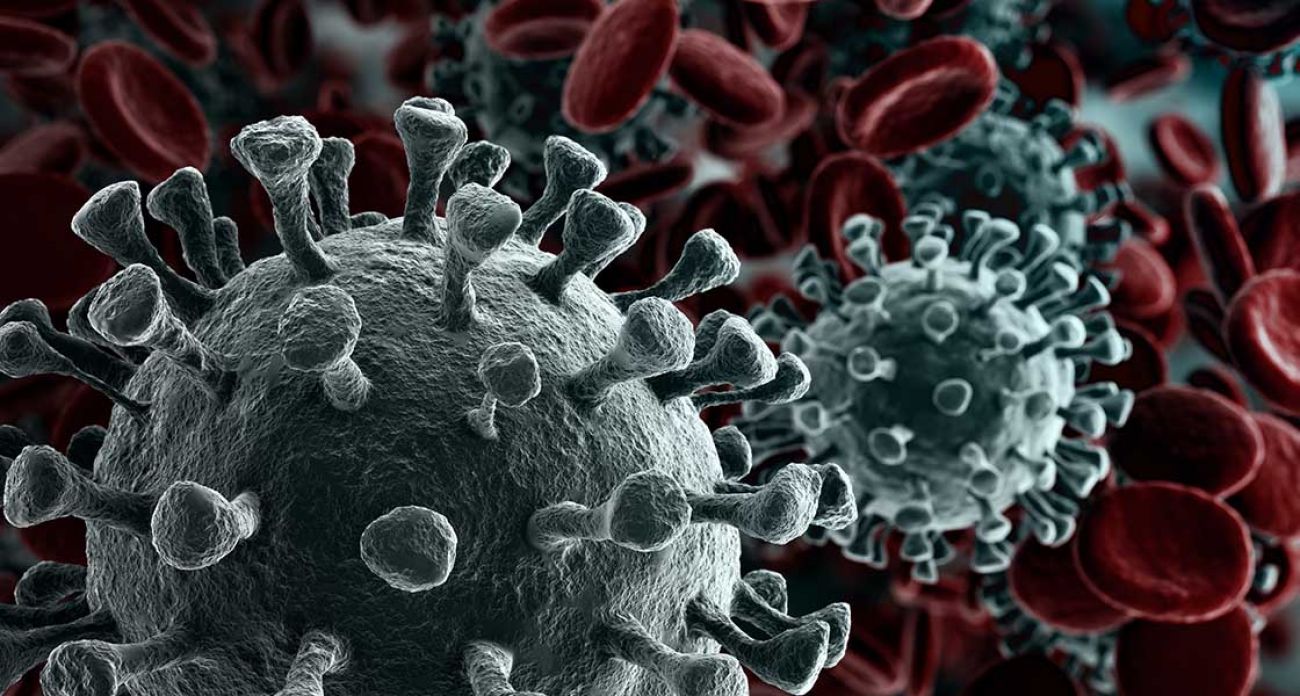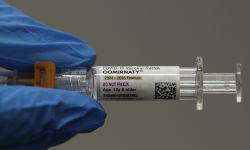Michigan changing how it classifies coronavirus deaths. Expect tally to grow.

Michigan passed 5,000 coronavirus deaths on Tuesday, and the grim milestone could increase significantly this week when the state reclassifies how it tallies deaths related to COVID-19.
In a move that may increase the state’s death toll by 10 percent or more, Michigan will begin including “probable” deaths in the totals — rather than deaths that included positive tests for the virus and a death certificate that indicated it “has caused or significantly contributed” to the death, said Lynn Sutfin, a state health spokesperson.
But likely starting this week she said the state will report “probable” cases, Sutfin said Monday.
“That would be a death where the death certificate lists COVID-19 disease as a cause of death or a significant condition contributing to death without a positive COVID-19 confirmed lab result,” Sutfin told Bridge in an email.
- The latest: Michigan coronavirus map, curve, chart, updated COVID-19 news
- Dashboard: Michigan coronavirus testing numbers, trends, COVID-19 data
- Gov. Whitmer extends Michigan coronavirus stay-at-home order to May 28
- Whitmer reopens Michigan from coronavirus in phases: What that means to you
The new numbers could help resolve inconsistencies in elevated statewide death totals this year that so far have not been attributable to the pandemic.
Through May 2, the most recent day total state deaths are available, Michigan recorded 41,700 deaths so far this year.
That’s up 21 percent, over the average of 34,400 between 2014 and 2019, according to death records kept by the U.S. Centers for Disease Control and Prevention.
But as of May 2, the state had reported just over 4,000 COVID-19 deaths. (As of Tuesday it had reported 5,017, the fourth most in the country.
That doesn’t mean the other 3,300 deaths are COVID-19 related; the CDC and others have noted that some people died because they did not seek medical care for other ailments because of the prevalence of the virus and a shortage of health care resources.
Classifying COVID-19 deaths has been controversial and some states have come under fire for using a more liberal interpretation.
In Colorado, a state representative called for an investigation after the state acknowledged that it was counting as COVID deaths cases in which the disease was not listed as the cause of death, though they had tested positive for the coronavirus.
The state had said 1,150 deaths were tied to COVID-19 but just under 900 listed it as a cause of death. For instance, someone could die of cancer and physicians could learn later that they tested positive for the coronavirus. Yet the virus might not have been the cause of the death.
Colorado is now changing how it reports COVID-19 deaths.
In April, New York City began counting “probable” deaths in which COVID-19 was listed as the cause of death but there wasn’t a positive test.
The first wave of probable deaths added over 4,000 to the city’s tally, equal to 60 percent of the 6,840 confirmed deaths at that time.
In Ohio, the state reports deaths both ways: Like Michigan, those with a positive test and as a cause of death, and as “probables” — cases where a physician or medical examiner believes it was the cause but does not have absolute proof.
To date, Ohio has listed 1,556 “confirmed” COVID-19 deaths, with another 164 “probable” deaths.
If Michigan follows that same ratio, it would mean attributing nearly 500 more deaths to the coronavirus.
In Macomb County, the health department said there were 29 “probable” COVID-19 deaths, according to a county spokesperson. That would be equal to just under 4 percent of the 740 deaths reported there so far.
“We obtain death information during our investigation of laboratory confirmed cases, so our number of deaths (740) is an accurate number,” said Dr. Kevin Lokar, the medical director of the Macomb County Health Department.
Sutfin said probable COVID-19 deaths will be reported separately from confirmed cases, and local health departments across the state have already been collecting the data.
See what new members are saying about why they donated to Bridge Michigan:
- “In order for this information to be accurate and unbiased it must be underwritten by its readers, not by special interests.” - Larry S.
- “Not many other media sources report on the topics Bridge does.” - Susan B.
- “Your journalism is outstanding and rare these days.” - Mark S.
If you want to ensure the future of nonpartisan, nonprofit Michigan journalism, please become a member today. You, too, will be asked why you donated and maybe we'll feature your quote next time!




